In the ever-evolving world of connectivity and communication, there’s a technology that has stood the test of time and continues to be a crucial player in our digital lives: the coaxial cable. While newer and shinier innovations often grab the spotlight, the coaxial cable quietly remains an indispensable workhorse, powering everything from high-speed internet to cable television. In this blog post, we’re taking a closer look at this unsung hero of connectivity and exploring why it’s still relevant in today’s tech-savvy landscape.
The Basics of Coaxial Cable: A Quick Primer
Coaxial cables, commonly known as “coax cables,” consist of a central conductor, an insulating layer, a metallic shield, and an outer insulating layer. This design provides several key benefits that contribute to its enduring popularity:
- Signal Integrity: The coaxial cable’s layered structure prevents signal interference, ensuring that the transmitted signals remain clear and strong, even over long distances.
- Broadband Capabilities: Coaxial cables are well-suited for transmitting a wide range of frequencies, making them perfect for transmitting data, video, and audio signals simultaneously.
- Durability: With their sturdy design, coax cables are resistant to physical damage and environmental factors, making them ideal for both indoor and outdoor installations.
- Versatility: Coaxial cables are compatible with a variety of devices and systems, from traditional cable TV connections to modern networking equipment.
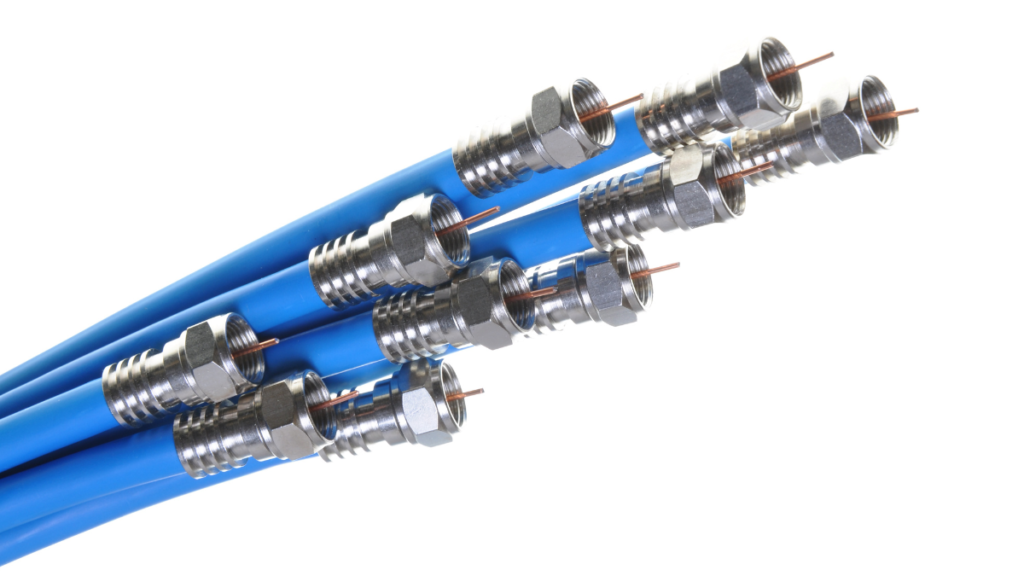
Evolution in the Digital Age: How Coaxial Cables Stay Relevant
While we may be living in a world obsessed with fiber optics and wireless technologies, coaxial cables remain a dependable choice for a multitude of applications:
- High-Speed Internet: Coaxial cables have undergone substantial upgrades to keep up with the demands of modern internet speeds. Cable internet providers use coax cables to deliver impressive broadband connections to households around the globe.
- Cable Television: Remember the days of tuning in to cable TV for the latest shows and news? Coaxial cables are still responsible for transmitting television signals to countless homes, offering a stable and reliable viewing experience.
- Security Systems: Many security systems, such as closed-circuit television (CCTV) setups, rely on coaxial cables to transmit surveillance footage without compromising on signal quality.
- Industrial Applications: Coaxial cables find applications in industries like telecommunications, aerospace, and defense, where dependable signal transmission is of the utmost importance.
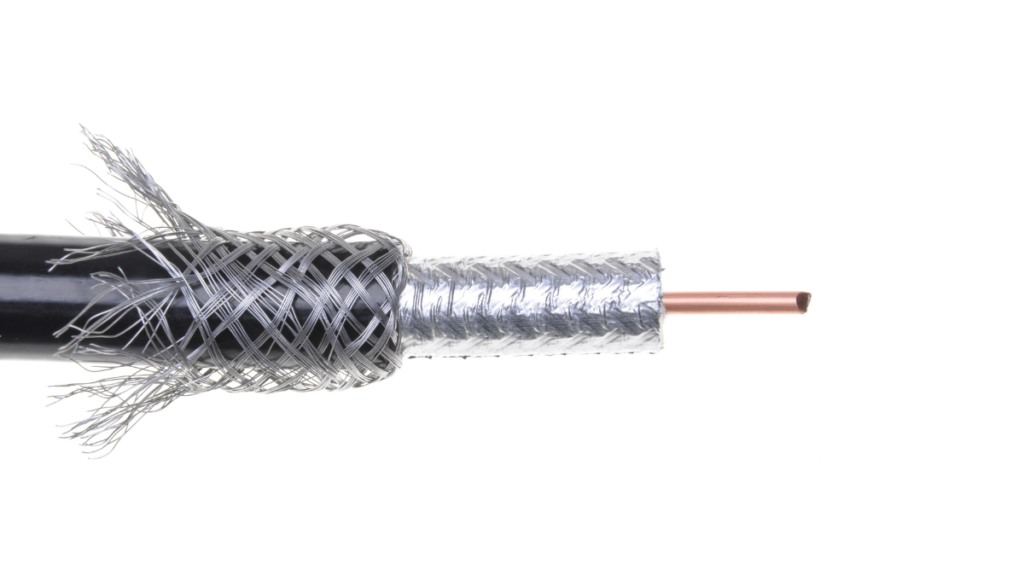
Embracing the Future with Coaxial Cables
The future of coaxial cables is far from dim. Innovations like Enhanced Category 6 (Cat 6e) coaxial cables are poised to support even higher data transfer rates, making them suitable for emerging technologies like 8K video streaming and virtual reality.
As we celebrate the legacy of coaxial cables, it’s clear that their adaptability, reliability, and performance continue to make them an integral part of our connected lives. In a world of flashy tech trends, coaxial cables remind us that a solid foundation is just as important as the latest breakthrough. So, the next time you enjoy lightning-fast internet or catch your favorite show on cable TV, take a moment to appreciate the enduring magic of the coaxial cable.





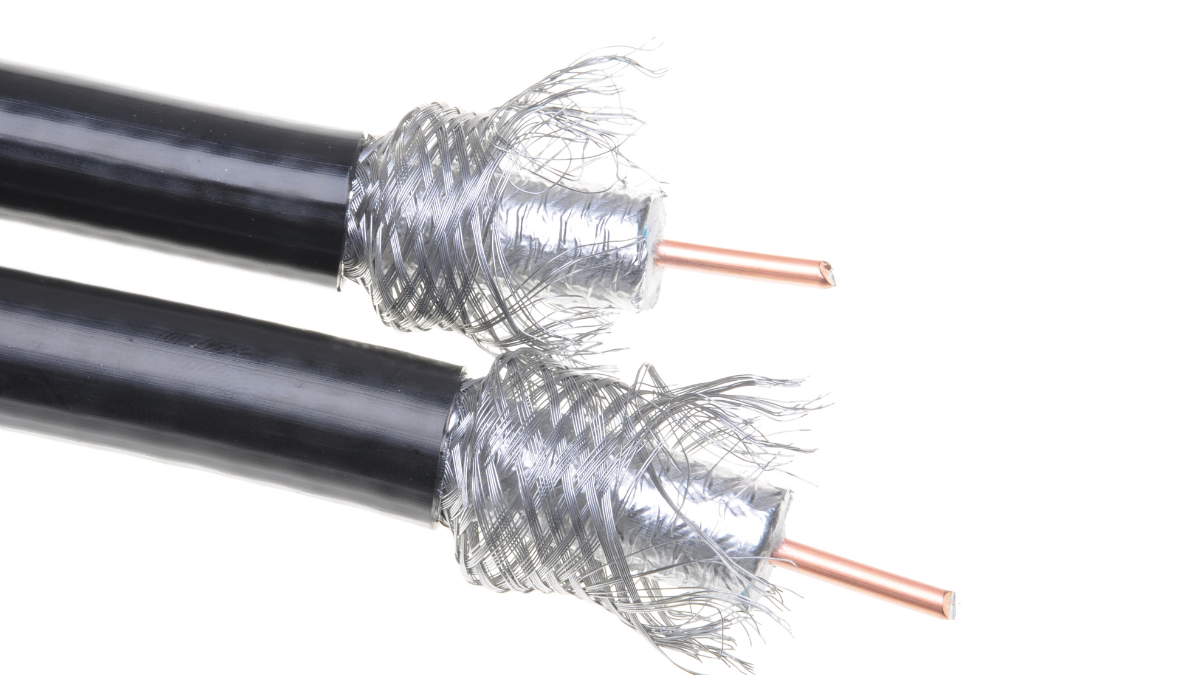


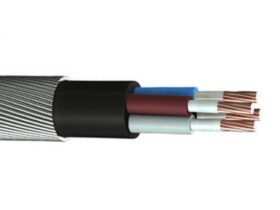

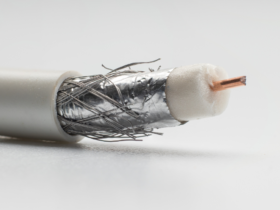

Leave a Reply